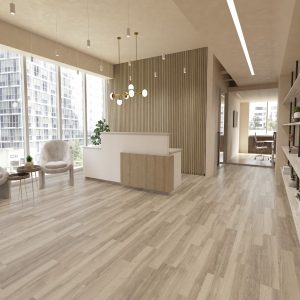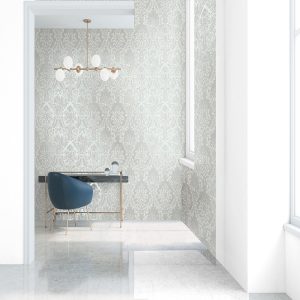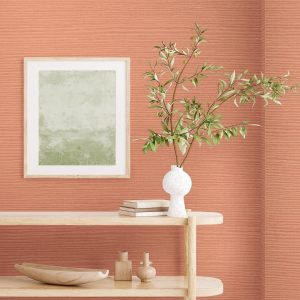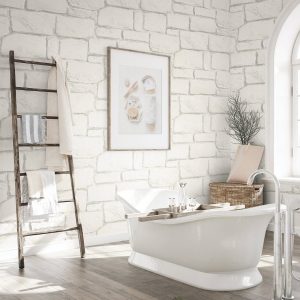Let’s be honest—we’ve all seen it happen. A product catches the eye, and without a second thought about durability, it’s chosen. It looks great at first. Clients are happy. The space feels fresh.
Then, reality hits.
The flooring starts giving way. The walls show wear and tear way too soon. The “perfect” material starts falling apart because, well… it wasn’t built for the job.
Sound familiar?
If you’re an architect, interior designer, or developer, you already know that aesthetic appeal is important—but function is king. Choosing materials purely based on looks is a costly mistake—one that leads to frustration, expensive repairs, and unhappy clients.
Why Function Comes First
Imagine installing residential-grade tiles in a shopping mall. The space looks fantastic at first, but within months, cracks, chips, and loose or broken tiles start showing up.
Or take a retail store—if you install laminate wood flooring instead of luxury vinyl tiles (LVT), it won’t be long before foot traffic starts taking a serious toll. The result? Warped, scratched, or peeling floors that need early replacement.
The simple truth: High-traffic spaces demand high-performance materials. Anything less is a recipe for waste, extra costs, and a bad reputation.
The Hidden Cost of Prioritizing Looks Over Durability
Many designers and builders make the mistake of picking materials based purely on aesthetics, only to face the consequences later. When functionality takes a back seat, the hidden costs start adding up.
One of the biggest issues is frequent replacements. A cheap flooring choice might seem like a great deal at first, but if it wears out within a year, the cost of fixing or replacing it will far exceed the initial savings.
Then, there’s safety. A sleek, glossy tile might look luxurious in a hotel lobby, but if it’s not slip-resistant, it could become a hazard—especially in a high-traffic space where spills are common.
Another overlooked factor is maintenance. Some materials require constant upkeep—sealing, polishing, or specialized cleaning—to maintain their look and functionality. If maintenance costs start piling up, that initial “good deal” suddenly isn’t so great anymore.
And let’s not forget about client satisfaction. No one enjoys dealing with unexpected flooring failures, especially when they thought they were making the right choice. A dissatisfied client means damage to your professional reputation, something no one wants.
Does this mean aesthetics don’t matter? Not at all. The goal is to find materials that do both—look amazing and stand the test of time.
Key Questions to Ask Before Choosing Materials
Selecting the right materials goes beyond looks—it’s about ensuring durability, functionality, and long-term cost savings. Before making a decision, consider the following:
- What is the purpose of the space? A high-traffic area needs flooring that can withstand constant movement, spills, and wear without early replacement.
- How long should it last? If the material is for a short-term project, it may not need to be highly durable. However, if longevity matters, investing in high-quality options is the smart choice.
- What are the maintenance requirements? Some materials look great initially but require frequent cleaning, sealing, or repairs—adding hidden costs over time.
- Is safety a factor? Slippery, fragile, or high-maintenance surfaces can create hazards, leading to accidents or damage.
By choosing wisely, you’ll reduce stress, avoid unnecessary costs, and create spaces that remain impressive for years to come.
Making Smart Material Choices
Making the right material choices isn’t just about aesthetics—it’s about ensuring long-term durability and avoiding unnecessary costs. In a commercial space, the wrong flooring choice can lead to repeated repairs and replacements, draining resources and potentially hurting your professional credibility.
This is where we come in.
At Sazota, we specialize in helping professionals like you avoid costly material selection mistakes. We make sure your designs don’t just look great but actually last.
Before you finalize your materials, let’s chat. One consultation could save you—and your clients—a lot of stress (and money).
Contact us today and get expert advice before you make a costly mistake.




